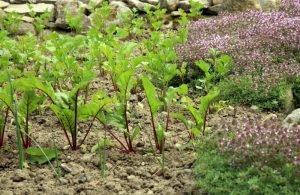Last Updated on June 30, 2025 by teamobn
Just like everything else in nature, ants and other insects play an important function in our lawns and gardens. In small numbers, they can assist in creating healthy soil by aerating it with underground tunnels.
But a full-blown ant infestation can cause cosmetic and root damage to your lawn. While that isn’t as bad as ants in your pants, it’s still a problem. Lets cover the role of ants in lawn and garden below.
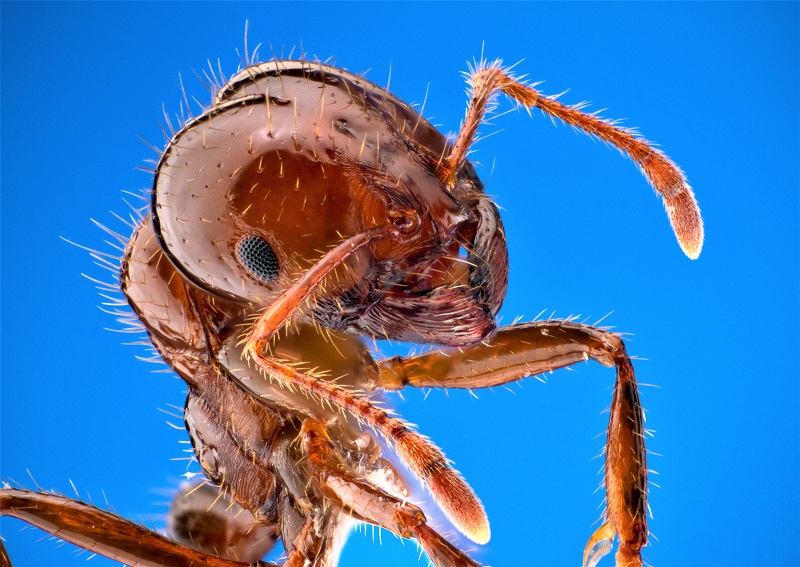
Why You Have Ants in Your Lawn
Contents
Green turf hides conditions ants love. Organic scraps, loose moist soil, and steady warmth turn your lawn into prime real estate for a thriving colony.
Rich Food Sources at Ground Level
Ants don’t hunt your grass. They scavenge what lands on it. Fallen leaves, shed insect shells, and the occasional earthworm carcass become their grocery list. Workers haul these morsels underground where fungi and microbes finish the job, releasing nutrients back into the root zone. This steady recycling explains why you often see robust growth near a discreet mound, ants are quietly making compost right below your feet.
Soil Texture and Moisture Perfect for Tunneling
Well-watered lawns create damp yet airy soil that’s easy to excavate. Sand or loam lets colonies carve out complex galleries without collapse. Each tunnel improves drainage and aeration, which benefits grassroots.
The catch? When the soil dries unevenly, ants move deeper, pushing fresh spoil upward and forming visible mounds. Regular deep watering followed by proper drying keeps the surface firmer, discouraging excessive digging near the crown of your turf.
Microclimates Under a Dense Grass Canopy
A thick grass canopy traps warmth during cool evenings and shades the soil from midday scorch. Ants exploit this stable temperature band to regulate brood development. Eggs and larvae need consistent heat, so colonies cluster just below the thatch where swings are mild.
If you routinely scalp or bag clippings, you remove that protective layer. Ants then shift nests toward tree roots or patio edges where conditions stay steady.
Lawn Care Habits That Invite Colonies to Expand
Frequent, light fertilizing feeds more than grass. It boosts sap-sucking pests like aphids, which excrete sugary honeydew ants prize. Overwatering leaves soggy borders that drown competitors such as ground beetles, giving ants free reign.
Even mulch rings left against the lawn create sheltered corridors. Smart adjustments, like slow-release fertilizer, balanced irrigation, and tidy edging, cut these incentives while preserving the beneficial role ants play in lawn and garden health.
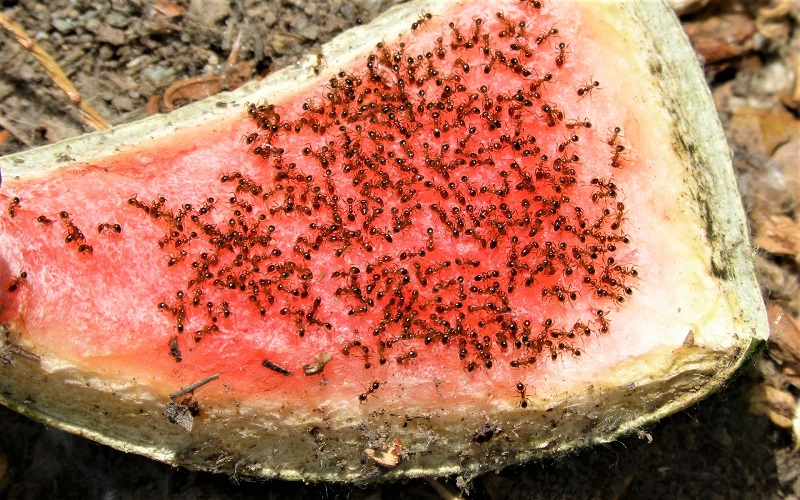
What ants make a colony?
“If we were to weigh all the ants in the world, they would weigh as much as all of the people,” says the naturalist, Chris Packham.
Of course, estimates of the world’s ant populations vary wildly. But in areas with multiple queen colonies, there may be 200 or more mounds and up to 40 million red fire ants per acre.
“Only about 20-25 per cent of all ant species have been described,” says ant expert Dr Alan Andersen. “There are probably up to 300 new species being discovered every year!”
Each ant within a colony plays an important role in gathering food and defending the nest. The colony produces enough ants to last into the future.
Every colony has a queen ant. She lays all the eggs for the colony. The queen is located deep within the ant colony. There, she is protected from predators that might attempt to get into the nest.
Male ants, or drones, perform a sole function. They mate with the queen ant to ensure that the nest continues to grow.
The colony’s female ants build and maintain the underground tunnels and the nest itself. Some will go beyond the nest to look for food. Others protect the colony from other ant colonies.
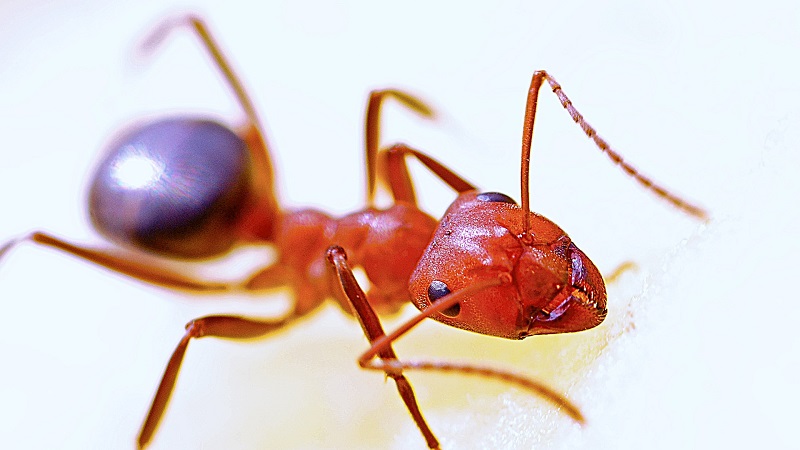
Not Quite Ants in Your Pants, But …
Tiny soldiers can turn your weekend mow into a stinging ordeal. Knowing why ants defend turf so fiercely helps you sidestep painful run-ins.
Defensive Behavior and Painful Bites
Ants broadcast alarm pheromones the moment a shoe compresses their mound. Scouts race upward, clamping mandibles and injecting formic acid or alkaloid venom. You’ll feel an instant burning pinch followed by red, itchy welts that may last days.
Species like fire ants add an extra sting, forming white pustules if scratched. People with insect allergies face swelling that can travel up a limb and require antihistamine or medical care. Heavy socks and closed shoes reduce exposure when you’re edging beds or repairing sprinklers.
Hidden Hazards to Lawn Equipment
A seemingly small hill often masks tunnels that reach a meter deep. Your mower blade can strike hardened soil pellets, sending chips into the deck and dulling the cutting edge. Repeated impacts throw the blade off balance, forcing the motor to work harder and shortening its life.
Wheels sink into freshly excavated soil, leaving ruts that catch water and breed fungal spots. Raking mounds flat before mowing keeps the turf level and spares your equipment a costly tune-up.
Risks for Kids and Pets at Play
Bare ankles are easy targets for territorial ants. Toddlers exploring grass patches may sit directly on a mound and receive dozens of bites within seconds. Dogs that paw at fresh soil invite the same fate, sometimes ending playtime with swollen paws and frantic licking.
Post-bite scratching opens skin to secondary infection, so keep antiseptic wipes handy during backyard games. Quick mound checks before setting up picnics or kiddie pools give you peace of mind and keep everyone outside longer.
Aesthetic Impact and Property Perception
Scattered sand cones break the visual sweep of a freshly mowed lawn. They trap moisture, encouraging weed seeds to sprout in tiny craters. Homebuyers often associate visible mounds with poor maintenance, even when the grass appears lush.
Over time, uneven turf makes it harder to stripe or pattern-cut for that magazine finish. Light top-dressing with compost or loam after you flatten hills helps grass spread and disguise former nest sites without disrupting the broader ecological role of ants in your lawn and garden.
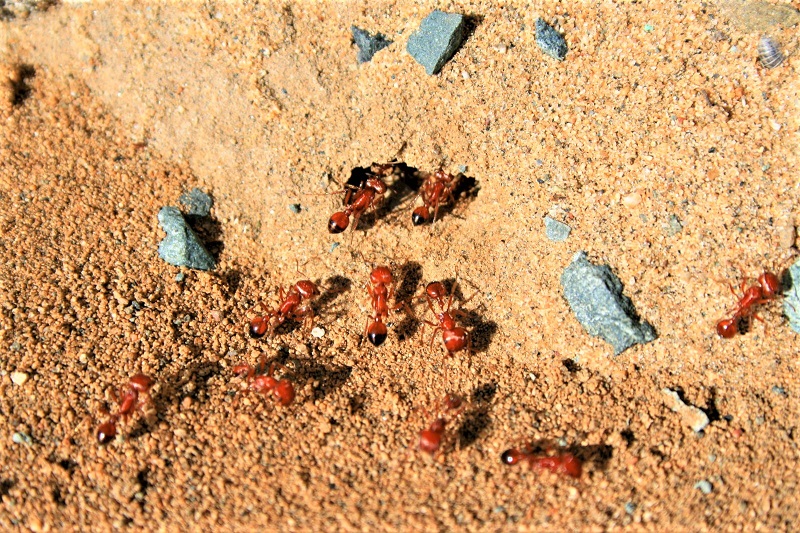
How to Spot an Infestation
Ant activity isn’t always a problem, but an unchecked colony spreads fast and silently stresses turf before you’re aware of costly, irreversible damage. Learning to spot early warning signs in the lawn lets you balance the role of ants in lawn and garden health with the need to keep grass lush, green, and resilient all season long for proud curb appeal.
- Winged ants swarming in large numbers after rain or mowing.
- Clusters of conical soil mounds that reappear a day after leveling.
- Pencil-wide holes beside roots or between pavers.
- Thin ant highways marching across the lawn throughout the day.
- Sudden yellow or brown grass patches despite steady irrigation.
- Ground that feels spongy or sinks slightly underfoot.

When Should I Treat Ants on My Lawn?
Ants knit soil, recycle litter, and feed wildlife. You only reach for controls when benefits no longer outweigh turf damage.
Ecological Cost of Eradication
Ants prune aphid numbers, loosen compacted ground, and haul organic scraps underground. Birds, toads, and small lizards snack on the workers all day. A broad-spectrum kill wipes out this mini food web.
You may see slug outbreaks and soggy soil that compacts after rain. Think of removal as losing an unpaid grounds crew. Keep that loss in mind whenever you consider blanket treatment.
Setting a Treatment Threshold
Two or three scattered mounds pose little risk. Trouble starts when clusters coalesce into a lumpy patch wider than your mower deck or when bites become routine during weekend play. Dead turf rings that stay yellow after fertilizing confirm root damage.
That’s your cue. Mark infestation zones with small flags so you treat only where colonies exceed your comfort threshold.
Natural Control Methods
Start with water management. Deep weekly soaking followed by dry spells disturbs tunnel stability and pushes colonies elsewhere. Encourage ground beetles with leaf mulch borders; they raid ant larvae at night.
Drop a spoon of borax-sugar gel near trails and cover with a clay pot. Foraging workers carry the bait inside, thinning numbers without drenching soil in chemicals.
Smart Use of Selective Insecticides
If mounds still expand, choose a bait or drench that targets ants yet spares earthworms. Granular fipronil and spinosad formulations fit this brief. Apply during early morning or late afternoon when workers forage near the surface.
Keep sprinklers off for 48 hours so active ingredients penetrate galleries. Recheck flags after two weeks. Spot treat any holdouts instead of repeating a lawn-wide application. This precision keeps the wider ecosystem intact while your grass recovers.
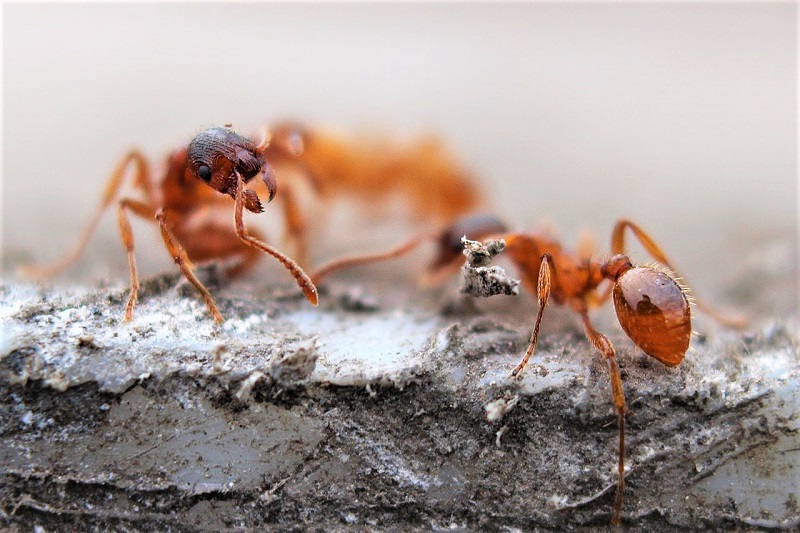
How to Control an Infestation
Swift, targeted action keeps an ant problem from spiralling. Start with gentle tactics, move to chemicals only when softer fixes fail.
Cultural and Mechanical Tactics First
Reduce moisture and food scraps before you reach for sprays. Mow high to shade soil and discourage new mounds. Dethatch once a year so tunnels collapse. Pour a slow stream of near-boiling water on small hills early in the morning when most workers stay near the queen.
Rake flattened soil back into low spots. These simple steps disrupt nests without upsetting the wider role of ants in lawn and garden health.
Organic Baits and Biological Allies
Boric acid mixed with sugar or honey lures foragers, then wipes out larvae inside. Keep bait under an inverted flowerpot to protect pets. Dust a light ring of diatomaceous earth around play zones. Tiny silica shards slice exoskeletons and dehydrate invaders.
Nematodes, like the Steinernema carpocapsae, hunt ant larvae once watered in, yet leave earthworms alone. Patience matters here; colonies decline over two to three weeks, giving beneficial insects time to move back in.
Selective Chemical Treatments and Proper Timing
Reserve pesticides for explosive infestations. Choose low-impact options that target ant nerve receptors, not earthworms or bees. Ready-to-use choices include:
- Amgrow Baythroid Advanced for Lawns
- Richgro Ant Killa
- Yates Ant & Cockroach Destroyer
- SureFire Fipronil
Apply during cool hours when ants forage near the surface. Wear gloves and shut sprinklers for two days so active ingredients reach the brood. Spot-treat mounds instead of broadcasting the entire yard. Always read the label twice before mixing.
Applying Pellets, Granules, and Liquid Drenches
Pellet baits scatter easily with a handheld spreader. Granules need light watering to activate; aim for 3 mm of irrigation. Liquid drenches soak straight into galleries and give fastest knock-down but risk runoff. Test a small corner first to check for turf sensitivity. Keep children and pets off treated zones until foliage dries completely.
Post-Treatment Lawn Recovery Steps
Rake away dead hills once tunnels collapse. Overseed bare patches with the same grass cultivar to keep colour uniform. Top-dress with compost to feed microbial life lost during treatment.
Water deeply once a week to rebuild strong roots that resist future digging. Regular observation and balanced lawn care will let helpful ant numbers rebound without allowing another takeover.
Conclusion
Ants quietly aerate soil, recycle organic litter, and limit soft-bodied pests. These tasks boost microbial activity and keep turf roots strong. Large colonies leave mounds, bite pets, and choke grass roots, undoing those gains. Smart lawn care sets a threshold, using cultural fixes first and spot treatments only when damage spreads. This balanced strategy protects the vital role of ants in lawn and garden health while guarding your yard’s beauty and safety.
Pests that are not ants could wreck your garden if they are not controlled. Check out our guide on natural pest control!




